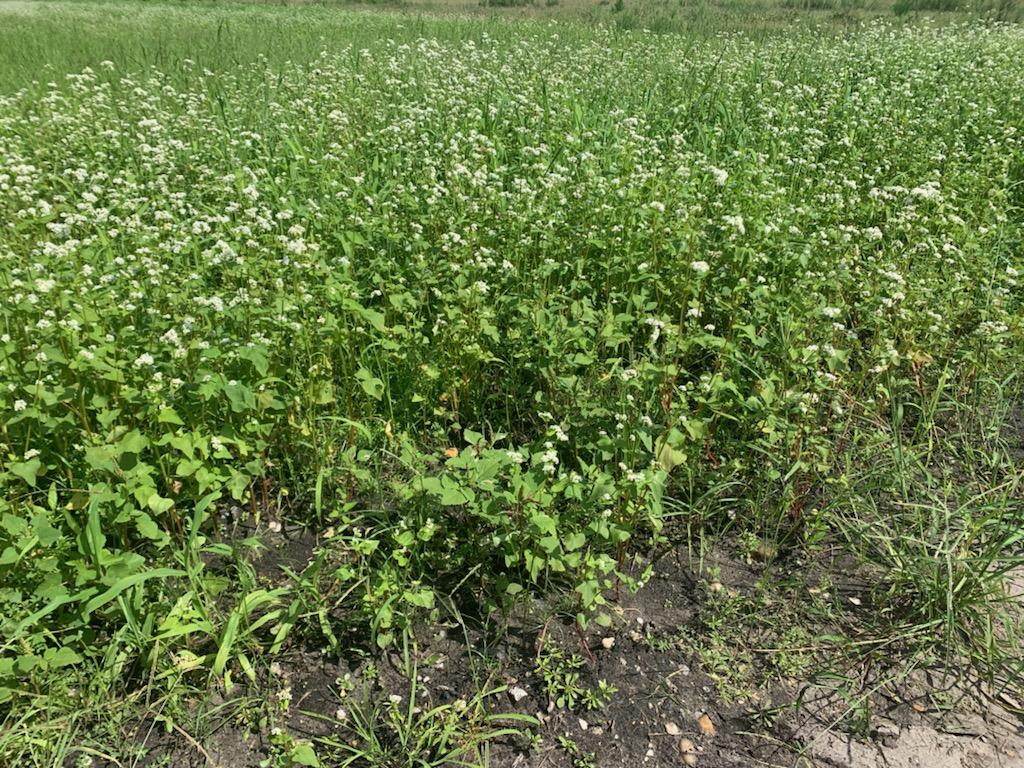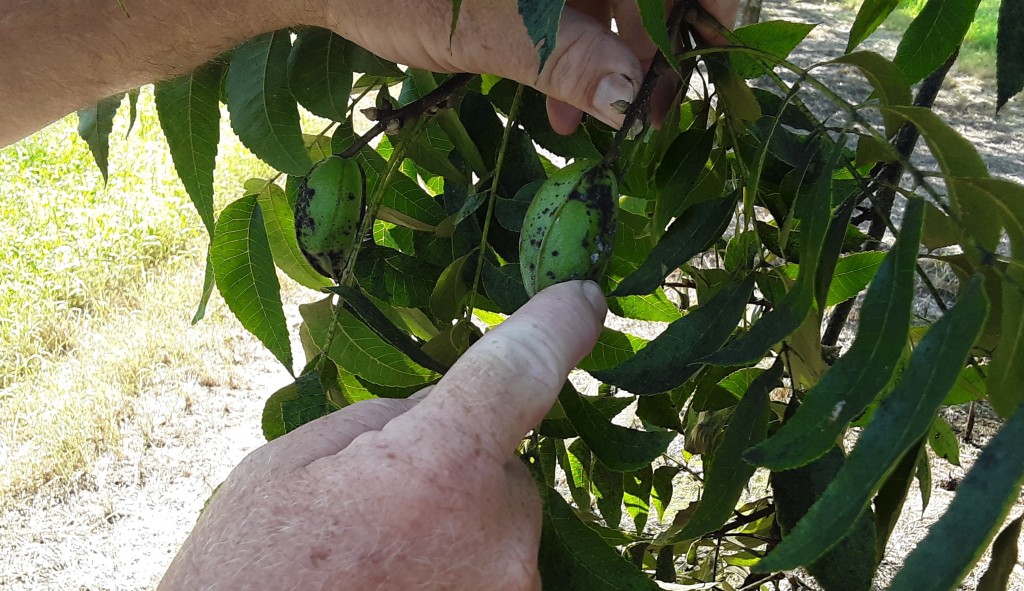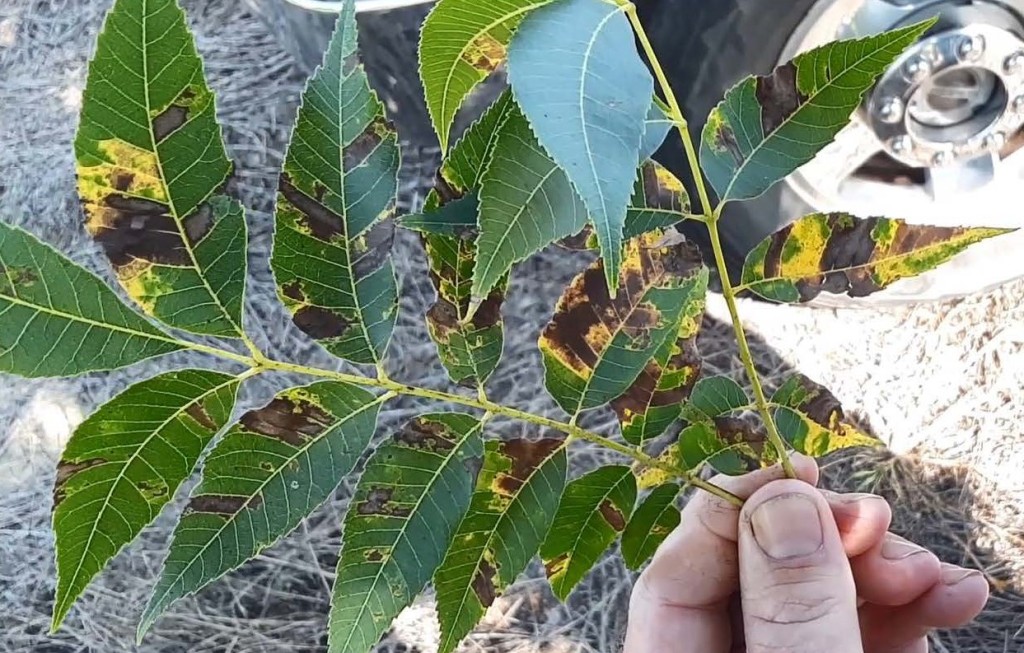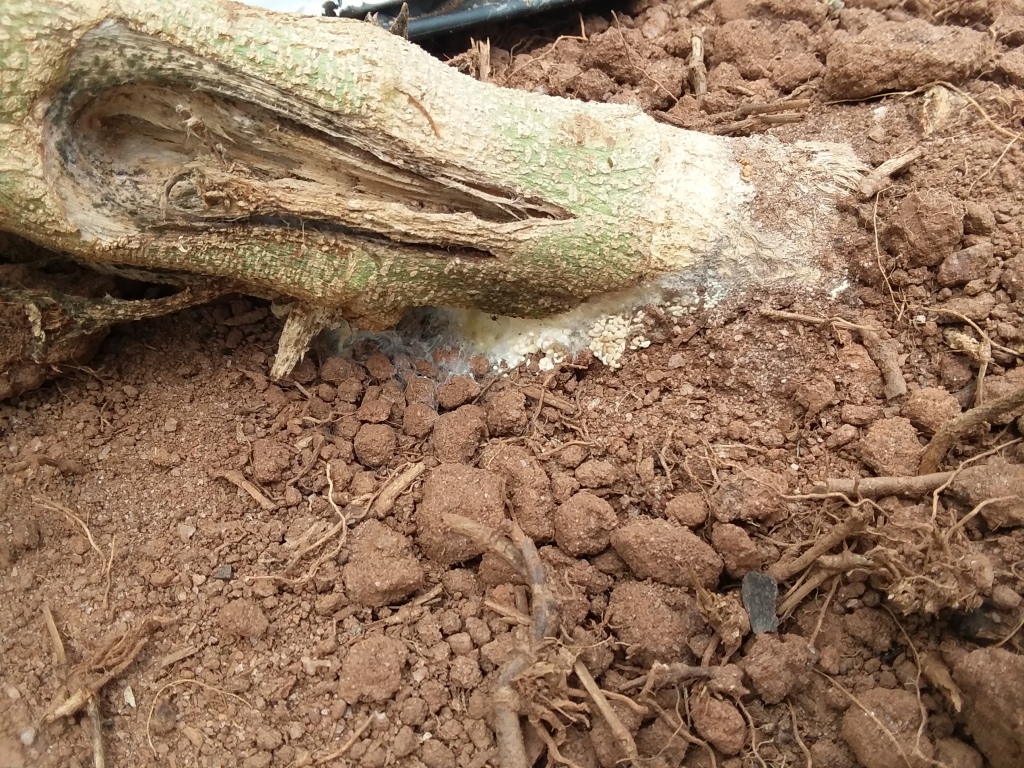Clemson Extension agents provide updates in the The South Carolina Grower this week about the status of various crops being produced throughout the state.
Coastal Region
Zack Snipes reports, “Its hot and humid in the Lowcountry. Fall tomato and watermelons are in the ground and enjoyed a week of mostly dry weather. Okra and sunchokes, aka Jerusalem artichokes, are loving this heat. With the exception of those crops, there aren’t too many crops in the ground right now. I am seeing lots of summer cover crops. I love the idea of using a mixed species of cover crop. One reason is, it spreads out the risk that one of the species in the mix won’t germinate or will be eaten by deer. So by using multiple species, you can almost guarantee that something will be there covering the soil. Multi-species mixes also provide different benefits to the farm. Cowpeas may fix nitrogen, while sorghum X Sudan hybrids may be a deer deterrent and shade out weeds.”


Midlands
Justin Ballew reports, “Not much has changed here in the midlands over the last week. Its been warm and humid and we got a little rain a couple times throughout the week. Recently planted fall brassica and cucurbit crops have gotten off to a good start. We are seeing some caterpillar activity already. We are seeing increased amounts of scab in pecans this year, thanks to the rain and humid weather. I’m seeing some black pecan aphids causing damage as well. For insect and disease management in pecans, take a look at the UGA Commercial Pecan Spray Guide.”


Phillip Carnley reports, “It’s that time of year to be on the look out for Southern stem blight (Athelia rolfsii) in hemp. To avoid possible infections of this pathogen, avoid planting in fields that have previously had tomatoes, peppers, eggplant or peanuts. Crop rotation is your best avenue for mitigation as there are no fungicides labeled for control of Southern blight in hemp at this time. Also, be on the lookout for plant stunting from girdling roots. For information on chemicals labeled for hemp checkout the EPA website.”


Upstate
Kerrie Roach reports, “Late summer season crops are still producing in the upstate, but many market producers are starting to lose the disease battle. When something is finished for the season, make sure to remove all parts of the crop. Do not leave diseased plant material in the field. Dispose of the diseased crop in an area far away from your fields or garden. Do not use diseased plant material for compost. Most home compost piles do not reach consistent and uniform temperatures at which pathogens will be killed. Dead plant material harbors insects and pathogens that can and will cause issues for fall season crops as well as next year’s crop.”









